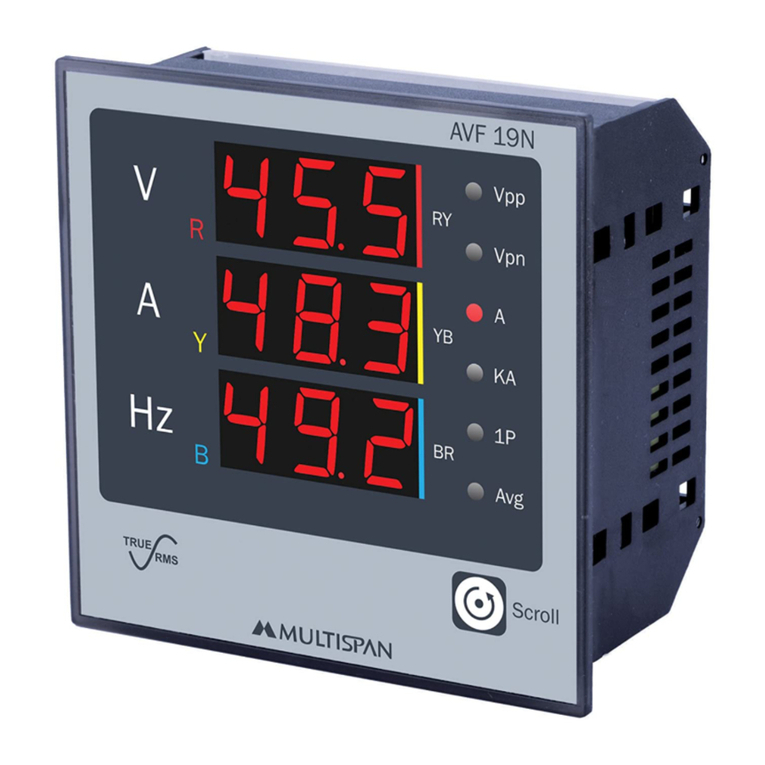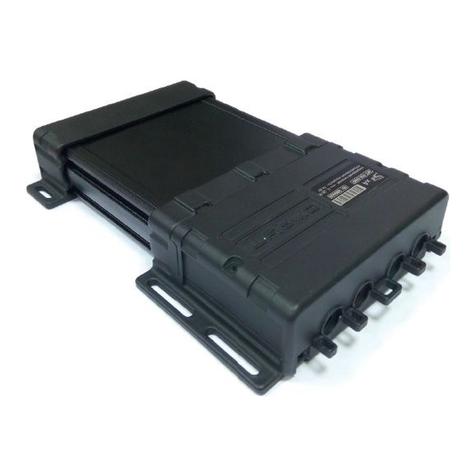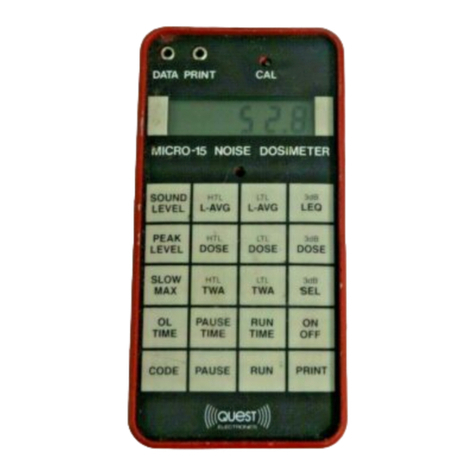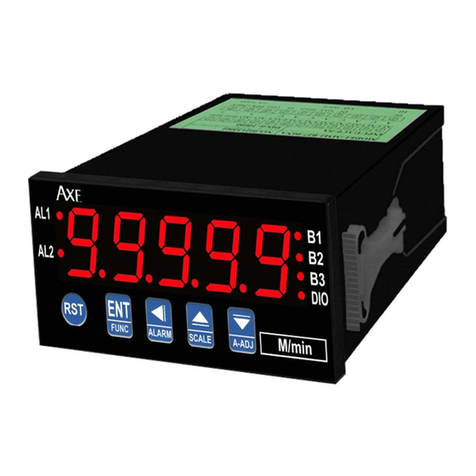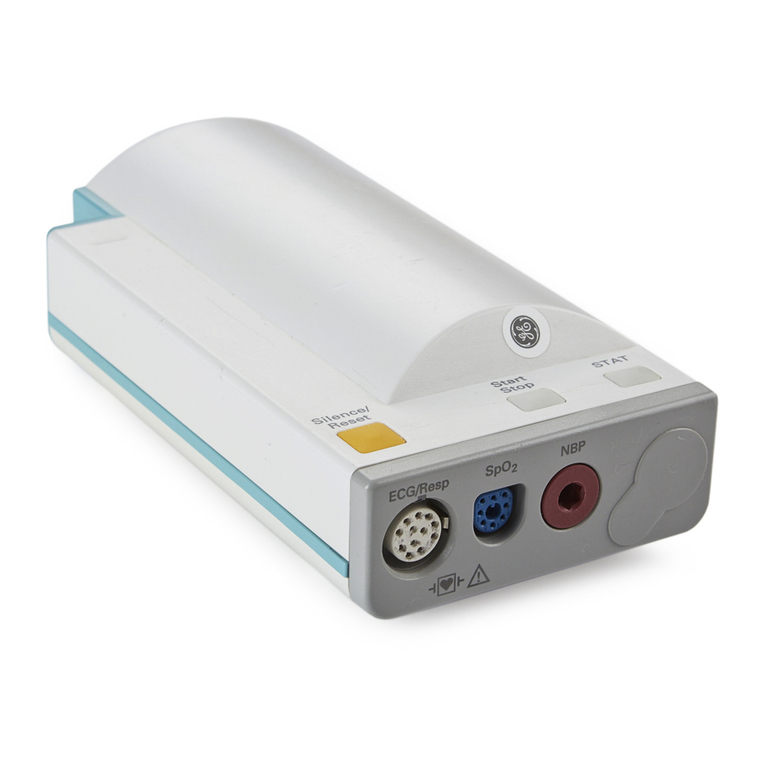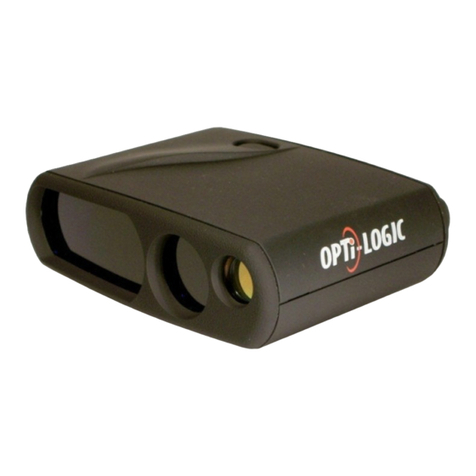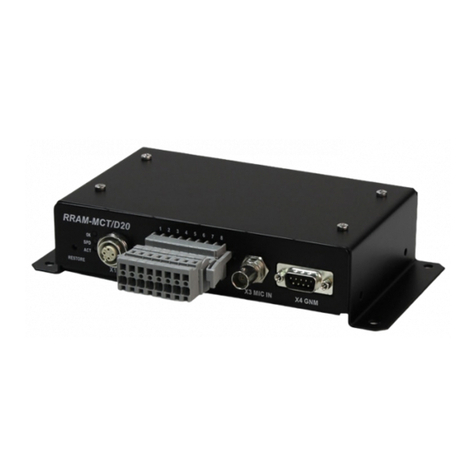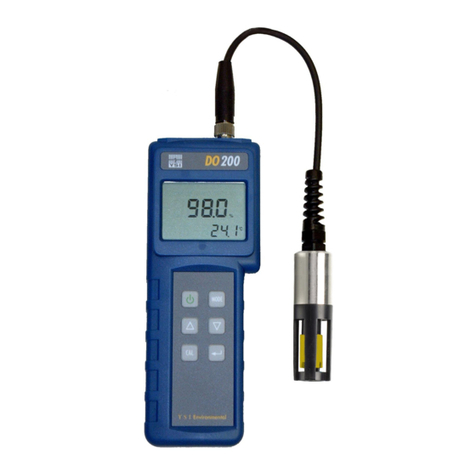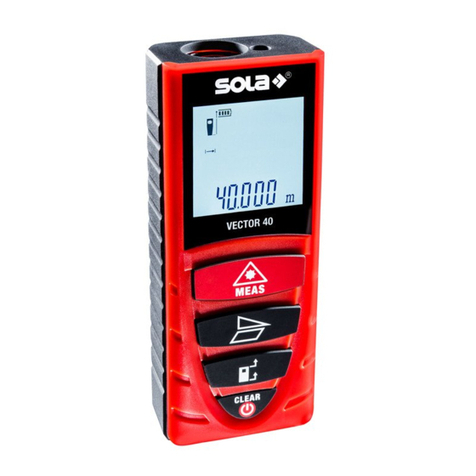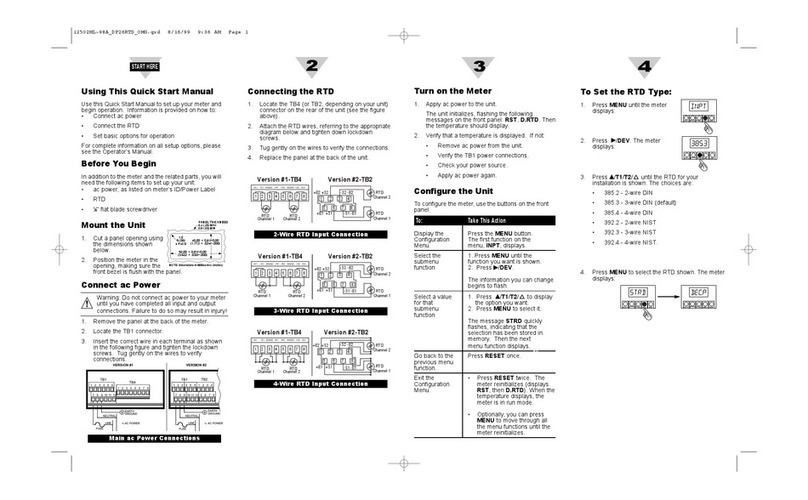Energomera CE308 User manual

СЕ308
Operation Manual
САНТ.411152.107-05.3 РЭ
Manufacturer:
JSC «Electrotechnical factories «Energomera»
415, Lenina Str., Stavropol, Russia 355029
Tel.: (8652) 35-75-27, Fax: 56-66-90,
free Нot line: 8-800-200-75-27
e-mail: concern@energomera.ru
www.energomera.ru
Warranty service:
217, Gagarina Str., Nevinnomyssk,
Stavropol region, 357106
Multifunction
three-phase electricity meter
Case type S31, S34

2

2 3
TABLE OF CONTENTS
1 SAFETY REQUIREMENTS 5
2 METER DESCRIPTION 6
2.1 Meter application 6
2.2 Meter modifications 9
2.3 Certification Information 12
2.4 Normal application conditions: 12
2.5 Operating application conditions 12
2.6 Environmental conditions 13
2.7 Technical specifications 13
2.8 Meter design 19
3 PREPARING THE METER FOR OPERATION 20
3.1 Unpacking 20
3.2 Pre-operation 20
3.3 Installation procedure 20
3.4 Connection diagrams 21
3.5 Lithium cell replacement 35
3.6 Meter configuration 36
4 METER READING 37
4.1 Information displayed on the LCD 37
4.2 Viewing of total accumulations (cumulative total) 40
5 METER VERIFICATION 47
6 MAINTENANCE AND SEALING 48
7 ROUTINE MAINTENANCE 49
8 STORAGE AND TRANSPORTATION CONDITIONS 50

4
9 TRANSPORT AND CONSUMER PACKAGING 50
10 MARKING 51
ANNEX A 53
ANNEX B 54
ANNEX C 56

4 5
This САНТ.411152.107-05.3 РЭ (Operation Manual) contains brief information on CE308 S31, CE308 S34
multifunctional three-phase electricity meter (hereinafter referred to as the "Meter"). Complete information on the
above meter is contained in User Manual, which is available on the manufacturer's website:
www.energomera.ru/ru/products/meters/ce308-all
When meter studying and operating, it is necessary to follow the Technical passport (included in the meter
delivery kit) and User Manual.
Only persons who have received special training for working with voltages up to 1000 V and who have studied
the Operation Manual are allowed to work with the meter.
1 SAFETY REQUIREMENTS
1.1 For operational safety, the meter meets the safety requirements of GOST 22261-94 and IEC 61010-1:2001.
1.2 According to the method of protection against electric shock, the meter corresponds to class II in compliance
with IEC 61010-1:2001.
1.3 The insulation between all current and voltage circuits connected together and with the “ground” can
withstand a voltage of 4 kV AC at 50 Hz for 1 minute. During the test, the leads of the electrical test output device,
the interface circuits are connected to the "ground" (the "ground" is a conductive foil film enclosing the meter and
attached to a flat conductive surface on which the meter base is mounted).
For meters of transformer connection, the insulation withstands a voltage of 4 kV AC at 50 Hz for 1 minute,
when applied between current circuits connected together and voltage circuits connected together.
1.4 For meters of transformer connection, the insulation between each current circuit and all other meter
circuits connected to the "ground"; between each voltage circuit and all other meter circuits, including the common
voltage circuit output connected to the "ground", withstands pulse voltage of 6 kV.
The insulation between all current and voltage circuits connected together and with the "ground" can withstand
pulse voltage of 6 kV. During the test, the leads of the electrical test output device must be connected to the
"ground".

6
1.5 Insulation resistance between the meter case and electrical circuits, at least:
20 MΩ — under conditions of item 2.5;
7 MΩ – at an ambient air temperature (40±2) °С, relative air humidity of 93%.
1.6 The meter must be installed and operated in accordance with the applicable rules for technical operation of
electrical installations.
1.7 Do not put foreign objects on the meter, avoid strikes.
2 METER DESCRIPTION
2.1 Meter application
The meter is three-phase, of transformer or direct connection (depending on modification) device, it is designed
to measure active and reactive electrical energy in three-phase four-wire AC circuits.
The meter has the following functions:
• multi-tariff electricity metering (with three tariffing levels - event-based, external and time-based tariffing);
• event logs (fixation of current values of energy storage: at the end of the billing periods (day, month, year)
and when certain event tiggers);
• load profile storage, with the ability to customize the type of stored parameters and averaging time;
• network parameters measurement: voltage frequency, phase currents, phase voltages, phase to phase (line)
voltages (with non-specified accuracy), angles between current and voltage per phases; power factor per phase
and of three-phase, active, reactive, apparent power per phase and in total;
• Unified Power Quality Index measurement (UPQI) in accordance with class "S" of the measurement process
specifications in IEC 61000-4-30:2008: steady-state voltage deviation, frequency deviation, voltage fall duration
and depth, overvoltage duration, the maximum overvoltage, power supply interruption;
• power quality analysis for compliance with quality standards in accordance with EN50160:2010;
• indication of the individual power quality index violation on the LCD (disabled by default);
• recording the violation of an individual power quality (event logs available for reading on the interface);
• active power consumption monitoring;

6 7
• "instantaneous power" consumption monitoring;
• active energy consumption monitoring (control of energy limits, prepaid mode, low consumption control);
• mains voltage monitoring;
• currents monitoring;
• network frequency monitoring;
• phase sequence monitoring;
• phase break monitoring;
• oncoming power flow monitoring;
• alarm relay (in the meter modifications with an alarm relay (see Table 2.1));
• telemetric outputs with the ability to use them as a "relay";
• interface alarm (the ability to act as an initiator of communication with the level of DCU or HES during: terminal
cover opening; exposure to a magnetic field; reparameterization; maximum power excess; deviation from the
normalized value of voltage level, etc., in accordance with the full list, for details, see the user manual;
• time accounting;
• self-diagnostics;
• information protection;
• tamper detector (electronic seals);
• magnetic field sensor;
• event logs with recording of: terminal cover opening; case opening; dates of last re-programming; magnetic
field effect field causing unacceptable deviations of the meter's metrological characteristics; facts of communication
with the metering device that led to data changes; voltage deviations from the device’s nominal values in the
measuring circuits; results of self-diagnostics; changes in the current values of time and date during time
synchronization (at least 3,500 records using the DLMS/COSEM protocol.), etc., for details, see the user manual;
• flexible adjustment of meter events response;
• DLMS/COSEM exchange protocol support;
• display of information on the LCD accompanied by OBIS codes;

8
• IEC 60870-5-104-2004 exchange protocol support;
• peak demand management according to set TOU.
A detailed description of meter features is given in the full version of User Manual.
The meter may be used in AMR system for measured or calculated parameters transmission to the electric
energy control, metering and distribution dispatch center.
Meters are integrated into the following software products for AMI system bul;ding: "cEnergo", "Pyrimida-Seti",
"Pyramid 2.0", etc. (a complete list of supported software products is available on the manufacturer's website.
Measurement results are drawn by the meter motherboard microprocessor circuit processing and calculating of
the current and voltage input signals. The measured data and other information is displayed on the LCD and could
be transmitted via optical port, via one or two additional interfaces.
The meter has 2 communication channels. The PLC G3 or PLC+RF communication module in metering devices
operates on the principle of a mesh network and provides search for collected data guaranteed transmission
duplicate routes.
The meter has an electronic register that accomplishes, depending on the set current and voltage transformation
ratios, metering of active, reactive electric energy in kW*h and KVAr*h correspondingly, on a cumulative total and
per 8 tariffs in two directions.
Time of register readings changing complies with requirements of IEC 62052-11:2003, IEC 62053-21:2003 ,
IEC 62053-22:2003 and IEC 62053- 22:2003.
* short-term (at least 3 minutes) autonomous operation, for data exchanging with AMI system, in the absence of main and backup power (only in Z1
modifications).

8 9
Built-in communication module designation
Additional options:
See Table 2.1.
Integrated communication interfaces:
See Table 2.1.
Nominal or base (max.) current:
3 – 5(10) А;
5 – 5(60) А;
6 – 5(100) А.
Nominal voltage (phase/line):
0 – 3x57.7/100 V;
4 – 3x230/400 V.
Active/reactive energy accuracy class:
4 – 0.2S/0.5
5 – 0.5S/0.5;
7 – 1/1.
Case type and number:
S31, S34 – for board mounting.
Figure 2.1 — Designation structure
2.2Meter modifications
2.2.1 The structure of meter designation is shown in Fig. 2.1
CE308 XX.XXX.XX.XXX XXXX

10
Table 2.1
Designation Interface Designation Additional software and hardware options
O* Optical interface (OI) S Alarm relay
B M-BUS Q Load control relay
E EIA-232 Y Bidirectional metering
A EIA-485 D External display
PPLC U Power quality parameters
G GSM V* Electronic seals
N Ethernet J Optional connection of a reserve power supply
R1 RF-interface with built-in
antenna L LCD backlit
T** Pulse inputs
R2 RF-interface with
external antenna
F Magnetic field sensor
Z Extended set of parameters
* - default options for all meter modifications
** - pulse inputs are implemented as part of a metering device or by using an external pulse input expansion
module manufactured by Energomera JSC or similar.

10 11
2.2.2 Meter modifications, accuracy class, meter constant and the decimal point at energy values displaying
on LCD depending on the nominal voltage (Unom), on the nominal (Inom) or on the base (Ib) and the maximum
current (Imax) are shown in Table 2.2
Table 2.2
Designation of
meters
Accuracy
class
Nominal
voltage, V
Nominal,
base (max.)
current, A
Meter constant
imp./(kW•h),
imp./(kVar•h)
Point
position (by
default)
СЕ308 S31 403 Х…X 0.2S/0.5 3х57.7/100 5 (10) 8000 00000.000
CE308 S31 503 Х...Х 0.5S/0.5 3x57.7/100 5 (10) 8000 00000.000
CE308 S31 543 Х...Х 0.5S/0.5 3x230/400 5 (10) 4000 00000.000
CE308 S31 745 Х...Х 1/1 3x230/400 5 (60) 800 000000.00
CE308 S3x 746 Х...Х 1/1 3x230/400 5 (100) 450 000000.00
2.2.3. Meter designation example
When making an order, the necessary meter modification is identified by the designation structure given in
Figure 2.1.
Meter designation example - meter for board mounting, 1st accuracy class for active and reactive energy (7),
with nominal voltage of 230 V (4), with base current of 5 A and maximum current of 100 A (6), with optical port
(O), with EIA-485 (A), with alarm relay (S), for two measuring directions (Y), with power quality parameters
measurement (U), with tamper detector (V), with LCD backlit (L), with magnetic field sensor (F) and extended
parameters set (Z):
“Multifunction three-phase electricity meter CE308 S31.746 OA.SYUVLFZ Performance specifications (TU)
4228-104-78189955-2014”

12
2.3 Certification Information
Information on meter certification is given in the Technical passport.
2.4 Normal application conditions:
- ambient air temperature (23±2) °С;
- relative humidity (30-80) %;
- atmospheric pressure from 70 to 106.7 kPa (537...800 mm Hg).
- network frequency (50±0.5) Hz;
- measuring network current and voltage waveform - sinusoidal with non-sinusoidal coefficient according to
GOSТ 32144-2013*.
2.5 Operating application conditions
The meter is connected to a three-phase AC network and is installed indoors (or in cabinets/boards that protect
it against environmental influences) at the following operating application conditions:
- operating temperature range -40 +70°C;
- ambient relative humidity (30-98) %;
- atmospheric pressure 70…106.7 kPa (537 - 800 mm of mercury);
- measuring network frequency (50±2.5) Hz;
- measuring network current and voltage waveform - sinusoidal with non-sinusoidal coefficient according to
to EN50160:2010*.
*ATTENTION! WHILE USING THE METER WITH A STRONG NON-LINEAR LOAD, WHICH CAN DEGRADE
THE QUALITY OF ELECTRICITY (SUCH AS ELECTRIC DRIVE WITH A FREQUENCY CONVERTER), THE SPECIAL
FILTER DEVICES SHOULD BE APPLIED.
OTHERWISE OVERHEATING AND FAILURE OF THE METER IS POSSIBLE. METERS FAILURE DUE TO LOW
QUALITY OF POWER IS NOT COVERED BY WARRANTY. THE MANUFACTURER IS NOT LIABLE FOR DAMAGE
TO CONSUMERS PROPERTY RESULTED FROM ANY VIOLATION OF OPERATING CONDITIONS DESCRIBED IN
THIS OPERATION MANUAL, INCLUDING LOW QUALITY OF OF ELECTRICITY.

12 13
2.6 Environmental conditions
2.6.1 In terms of resistance to climatic influences, the meter belongs to group 4 in accordance with
GOST 22261-94, with an extended range of temperature and humidity, which meets the T performance of the
Category 3 in accordance with GOST 15150-69.
In terms of resistance to mechanical impacts, the meter belongs to group 2 according to GOST 22261-94.
2.6.2 In terms of protection against ingress of dust, moisture and external solid objects, the meter case
corresponds to IP54 protection index according to IEC 60529:2013. In case of outdoor use, the meter must be
installed inside a box, protecting it from direct exposure to sunlight, precipitation and not allowing the temperature
of the air surrounding the meter to rise above plus 70 ° C.
2.6.3 The meter is resistant against single impacts with a maximum acceleration of 300 m/s2.
2.6.4 The meter is resistant to vibrations in the frequency range (10-150) Hz.
2.6.5 Meter case withstands hammer strokes with kinetic energy of (0.20±0.02) Nm on the case outside
surface, including the window and the terminal cover.
2.6.6 Meter parts and components designed for use in areas with a tropical climate, in regards to mould
resistance meet the requirements of GOST 9.048-89.
Allowable mould growth up to 3 points according to GOST 9.048-89.
2.7 Technical specifications
2.7.1 By active energy measurement meters meet IEC 62052-11:2003, IEC 62053-21:2003 (for 1 accuracy
class ), IEC 62053-22:2003 (for 0.2S 0.5 S accuracy classes), and by reactive energy measurement meet
IEC 62053-23:2003.
2.7.2 To be guaranteed are considered the specifications that are given with permissible limits or limit values.
Values without accesses are referential.
The basic specifications are given in Table 2.6.
Permissible limits for measured values errors are given in the Annex A.

14
Specification name Specification value Note
Nominal (max.) currents 5(10) А Transformer connection
Base (max.) currents 5(60); 5(100) Direct connection
Nominal phase voltage 57.7 V; 230 V Transformer connection
230 V Direct connection
Operation phase voltage (0.6 (0.75)*...1.21)
Unom V
* — for meters with 57.7 V
nominal voltage
Nominal network frequency (50±2.5) Hz
Measuring network voltage nonsinusoidality
ratio, %, not more –In accordance with
EN50160:2010
Sensitivity threshold
Direct
connection
Transformer
connection Active/reactive energy
-0.001/
nom A 0.2S/0.5; 0.5S/0.5
0.002 Ib A 1/1
LCD decimal digits quantity from Table 2.2
Table 2.3

14 15
Specification name Specification value Note
Apparent power consumed in each current
circuit, not more than 0.1 (V•A) at nominal (base) current
Apparent (active) power consumed in each
voltage circuit at nominal voltage, not more
than
9(V•A) (0.8 W)
2(V•A) (0.8 W)
for modifications with phase
voltage of 230 V
for modifications with phase
voltage of 57,7 V
Active power consumed by communication
modules, not more than 3 W at nominal voltage
Clock rate basic absolute error limit ±0.5 s/day
Manual and system clock rate correction ±29 s Not more than 29 s per day
Temperature effect limit
±0.15 s/°C•day From minus 10 to 45 °С
±0.2 s/°C•day From minus 40 to minus 10
°С and from 45 to plus 70 °С
Data storage without external supply voltage 30 years
Built-in lithium cell service years 16 years
It is possible to install an
additional external lithium cell
(see section 3.5)
Table 2.3

16
Specification name Specification value Note
Additional external lithium cell service years 5 years
Number of tariffs up to 8
Number of tariff areas per day up to 16
Number of seasonal programs per year up to 12
Number of exceptional days up to 80
Number of daily tariff programs up to 32
Number of power control zones per day 3
Number of power control zones programs up to 12
Power averaging time 1; 2; 3; 4; 5; 6; 10; 12;
15; 20, 30, 60 min
Storage depth of monthly consumption per
tariff and phase 40 months Current and 39 previous
Storage depth of daily consumption per tariff
and phase 128 days Current and 127 previous
Storage depth of annual consumption per tariff
and phase 10 years Current and 9 previous
Table 2.3

16 17
Specification name Specification value Note
Storage depth of month peak demands per 3
power control zones 13 months Current and 12 previous
Number of parameters in a profile up to 6
Storage depth of profile, days 1 128 With an averaging time of
30 minutes
Load profiles averaging time 1; 2; 3; 4; 5; 6; 10; 12;
15; 20, 30, 60 min
Event logs - For details, see User
Manual
Nominal (permissible) voltage of electrical pulse
outputs, not more than 10 (24) V DC voltage
Nominal (permissible) current of electrical pulse
outputs, not more than 10 (30) mA DC voltage
Output pulse width 35 ms In a TM mode
Exchange rate via interfaces, bd From 300 to 19 200 bd
Depending on the
communication modules
characteristics
Table 2.3
1 The profile storage depth is directly proportional to the averaging time with reduction to the integral part.

18
Specification name Specification value Note
Exchange rate via optical port From 300 to 19 200 bd
Meter readings updating time 1 s
Initial start, not more than 5 s From the moment the
voltage is applied
Meter weight, not more than 3 kg for CE308 S31, S34
Overall dimensions (height; width; length), not
more than, mm
72х175х215 for CE308 S31
85х175х280 for CE308 S34
Mean time to failure 220 000 h
Average service life 30 years
Temper detector (meter cover and terminal
cover) Tamper detector event logs
Unauthorized access protection Meter password, hardware
lock
Maximum current at the relay terminals during
the turn-off (turn-on) operation, does not
exceed
1.1 Imax А
Table 2.3

18 19
Specification name Specification value Note
Accepted commuted voltage at alarm relay
terminals, not more than
265 V AC;
30 V DC for S modification
Accepted commuted current at alarm relay
terminals (for S modification), not more than 2 А CE308 S31
Accepted commuted voltage at load control relay
terminals (for Q modification), not more than 265 V AC; CE308 S34
Load control relay commutation wear resistance,
cycles 5000 CE308 S34
2.8 Meter design
The meter design complies with the requirements of IEC 62052-11:2003 and the manufacturer's design
documentation.
Meter is produced in the plastic case.
Meter general view is given in Annex B.
On the meter front panel are located:
• liquid crystal indicator;
• one indicator of active energy metering and one indicator of reactive energy metering;
The indicators operate operate at the main transmission device frequency. LED indicators may be used for meter
verification;
• operating indicator;
• optical port elements;
Table 2.3

20
• "FRAME", "VIEW" and "ACCESS" buttons;
In order to gain an access to the “ACCESS” button (programming allowance), it is necessary to remove the seal
utility company that installed the meter, unscrew the mounting screw of the additional cover and remove it;
The terminals for meter connection to the network, to interface lines and to pulse outputs are closed with a
transparent terminal cover.
3 METER PRE-OPERATION
3.1 Unpacking
3.1.1 After unpacking, inspect the meter visually, verify that there are no mechanical damages, and check the
seals presence and integrity.
3.2 Pre-operation
3.2.1 The meters produced by the manufacturer have factory settings. Changing of factory settings is carried
out according to the САНТ.411152.107-05 РП user manual by the organizations authorized to perform meter
configurating.
ATTENTION! PRESENCE OF READINGS ON INDICATING DEVICE IS A RESULT OF METER CHECKING AT THE
FACTORY AND NOT THE EVIDENCE OF WEAR OR USE.
3.3 Installation procedure
3.3.1 Meter should be connected to a three phase AC network with the nominal voltage, indicated on the meter
panel. For this purpose, remove the terminal cover and connect lead wires fastening them in the clips in accordance
with the connection diagram, given on the meter cover or specified in the Annex С of this OM.
When installing the meter the wire (cable)2 should be cleaned of isolation according to the value indicated in
Table 3.1. Cleared wire spot should be smooth, without any bends. The wire should be inserted in the terminal clip
without curving. Isolated wire spot should not get into the clip and bare spot shall not overhang the edges of the
2 Shown wire diameter range is based on the possibility of its connection to the meter terminal block. The required cross-section
(and thus diameter) of the wire is chosen depending on the peak current.
Other manuals for CE308
1
Table of contents
Other Energomera Measuring Instrument manuals
Popular Measuring Instrument manuals by other brands
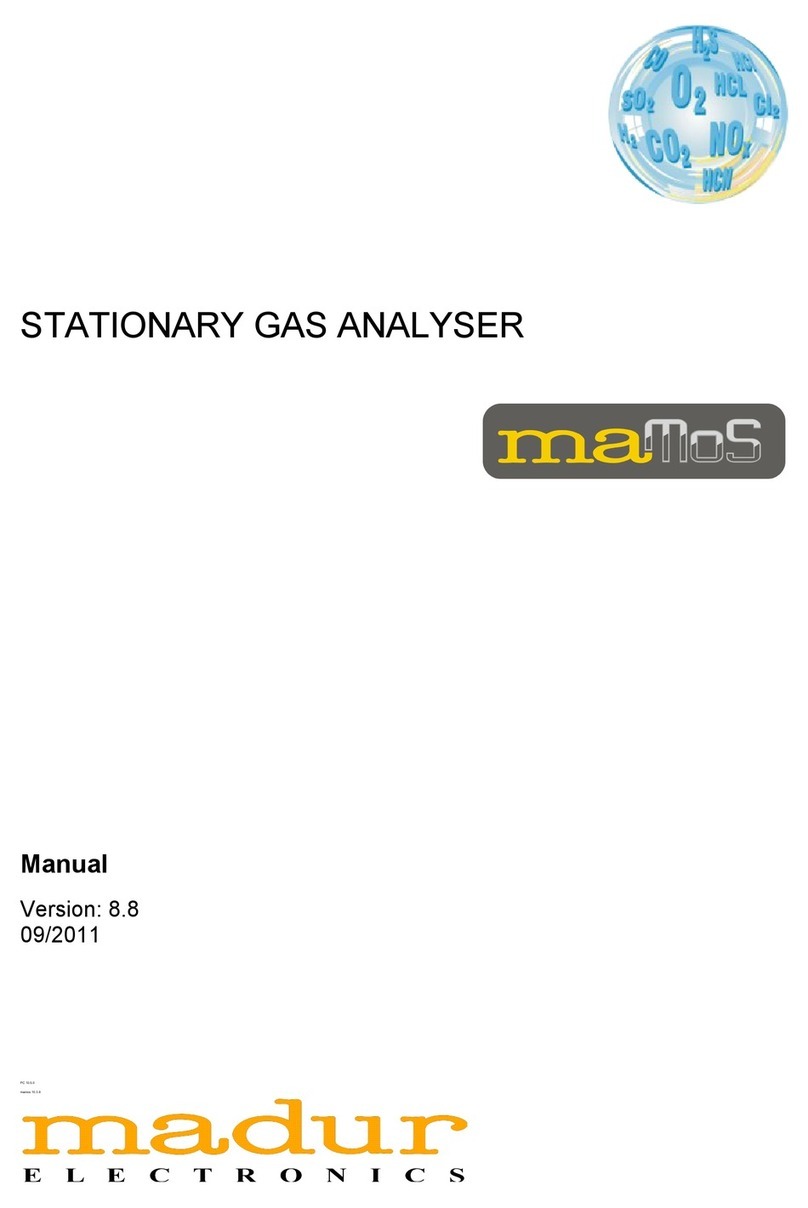
madur electronics
madur electronics maMoS 100 manual

Kkmoon
Kkmoon GM8805 instruction manual
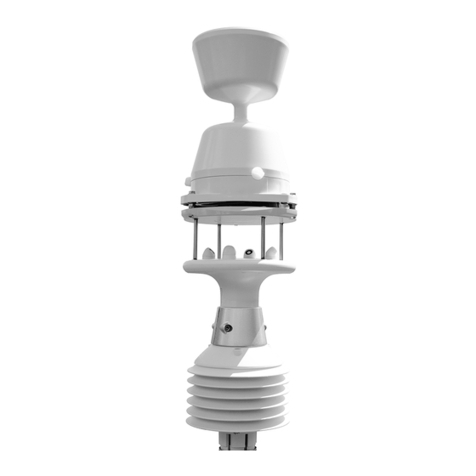
GHM
GHM Delta OHM HD52.3D Series operating manual
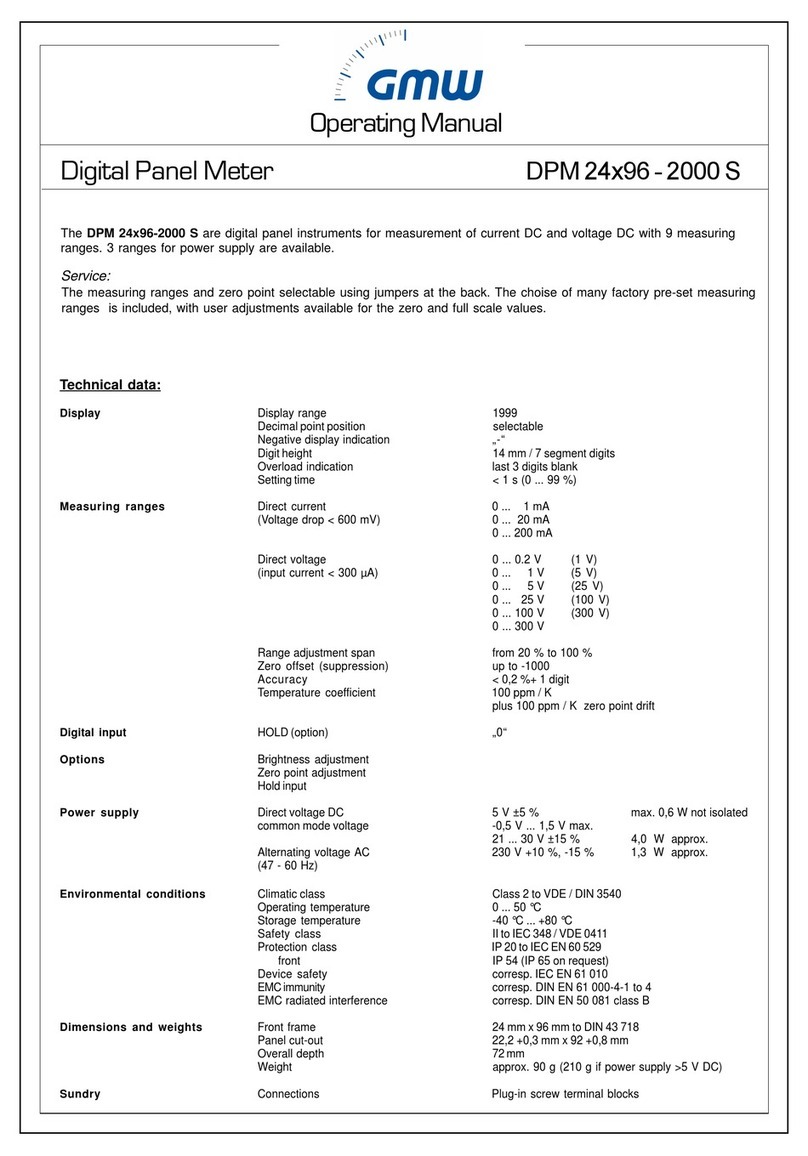
GMW
GMW DPM 24x96-2000 S operating manual

PCB Piezotronics
PCB Piezotronics IMI SENSORS 608A11/085BZ Installation and operating manual
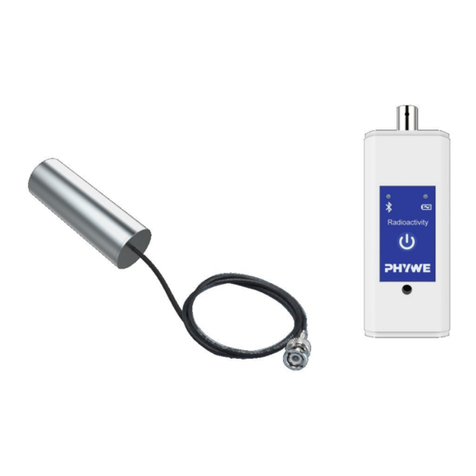
PHYWE
PHYWE Cobra SMARTsense Radioactivity 12937-01 quick start guide





